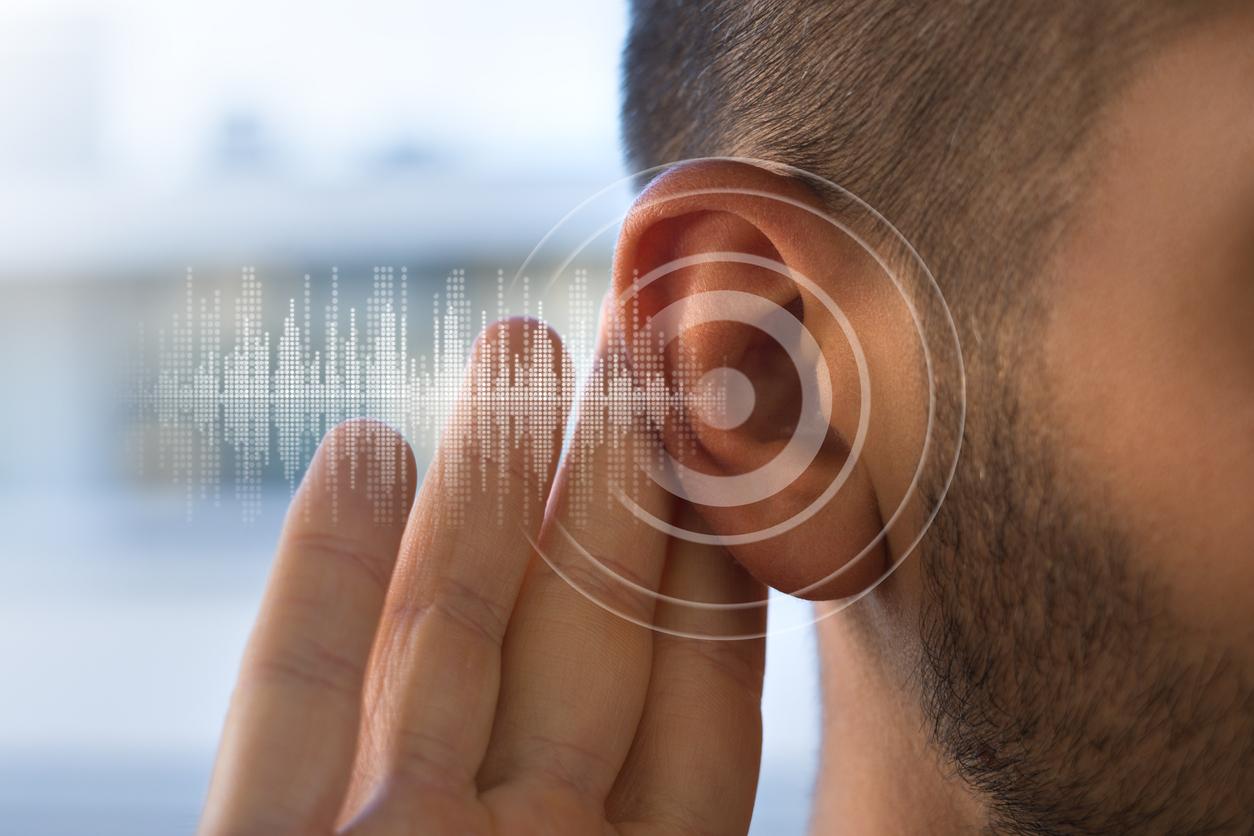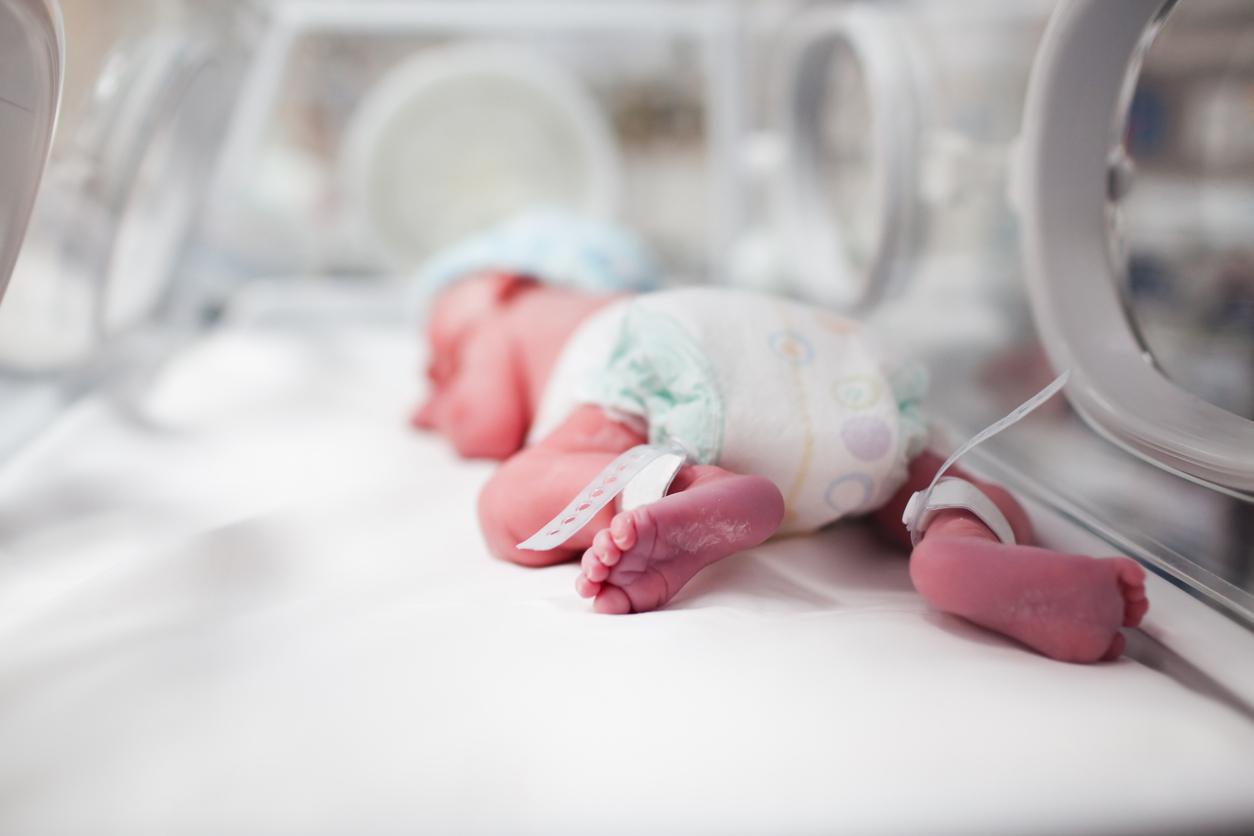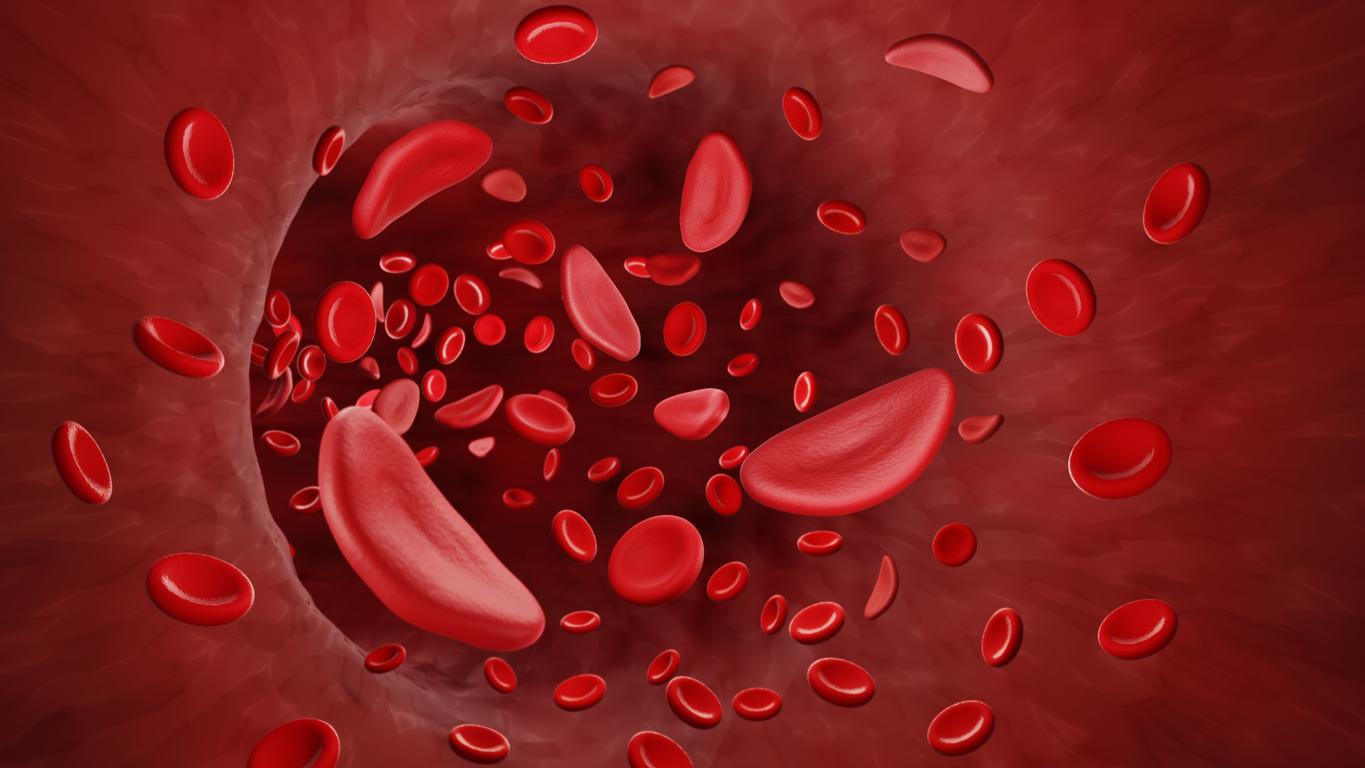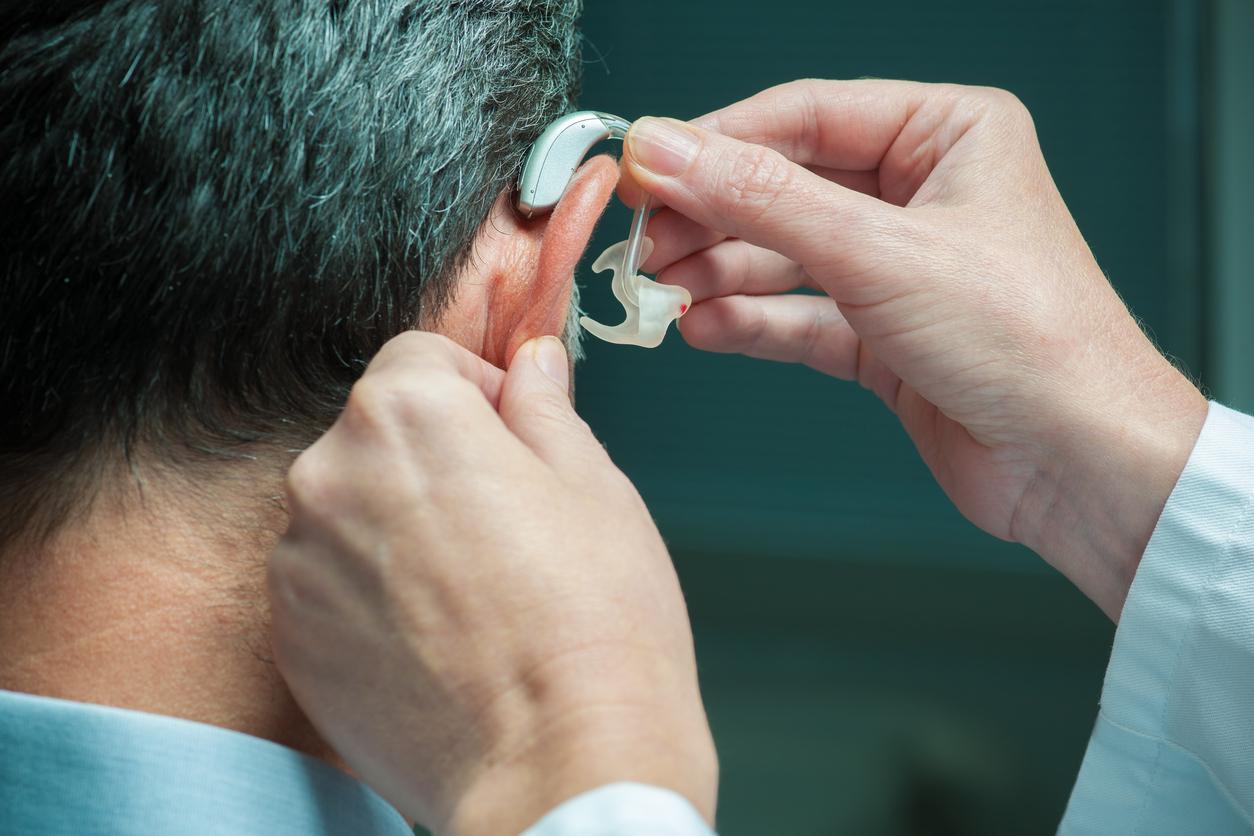A study paves the way for identifying genetic mechanisms that could promote the regeneration of cells needed for hearing and, perhaps one day, reverse hearing loss in humans.

- Although birds and fish are able to regenerate cochlear hair cells, which are essential for hearing, mammals have never been able to do so.
- This new study provides a significant step towards the goal of generating new cochlear hair cells in the latter, including humans.
- The growth gene (ERBB2) would promote the development of stem cells, which activates the growth of new cochlear hair cells.
Cochlear hair cells, primary cells that are needed by our ears to detect sound waves and transmit them to the central nervous system, cannot regenerate when damaged or lost. It is often the reduction in their number, gradually over time, that causes hearing loss. People exposed to loud noises on a regular basis such as musicians, construction workers or military personnel are most at risk. However, it can happen to people who often attend concerts being too close to the speakers or who turn the volume of their headphones or earphones up to the maximum every day.
The hope of being able to generate new cochlear hair cells
While lower vertebrates like birds and fish can regenerate these hair cells, mammals, including humans, lack this ability to regenerate these hair cells, which are essential for hearing. Now, of new research from the Del Monte Institute for Neuroscience, published on January 6, 2023 in the journal Frontiers in Cellular Neuroscience, open the way to the identification of mechanisms that could promote this type of regeneration in mammals, at least in mice.
“We know from our previous work that the expression of an active growth gene, called ERBB2, was able to activate the growth of new hair cells (in mammals), but we have not fully understood why”says Patricia White, PhD, professor of Neuroscience and Otorhinolaryngology at the University of Rochester Medical Center, in a Press release.
According to this previous research, activation of the ERBB2 growth gene pathway leads to a series of cascading cellular events in which cochlear support cells begin to multiply and activate other nearby cells, stem cells, which become new sensory hair cells. “This new study tells us how this activation occurs – a significant step towards the ultimate goal of generating new cochlear hair cells in mammals.”adds Dr. White.
“Regeneration is not limited to the early stages of development”
Through the use of single-cell RNA sequencing in mice, the researchers were able to compare cells with an overactive growth gene, provided with ERBB2 signaling, to other similar cells lacking this signaling. They observed that the growth gene (ERBB2) promoted stem cell development by initiating the expression of several proteins, including SPP1, a protein known to signal through the CD44 receptor. This CD44 receptor would be present in cochlear support cells, according to the study.
“This discovery made it clear that regeneration is not just limited to the early stages of development. We believe we can use these findings to promote regeneration in adults,” explains Dorota Piekna-Przybylska, co-author of the study and member of the scientific staff of Dr. White’s laboratory. “We plan to further study this phenomenon to determine if it can improve auditory function after damage in mammals. This is the ultimate goal”concludes Dr. White.

















